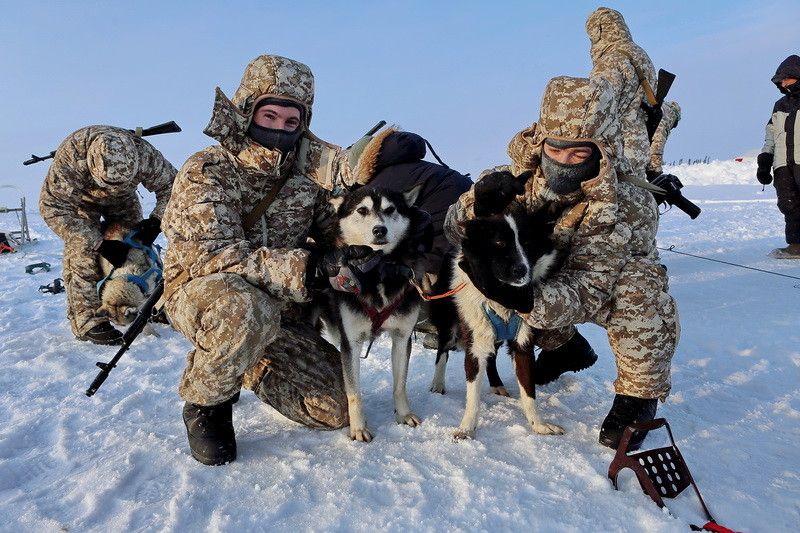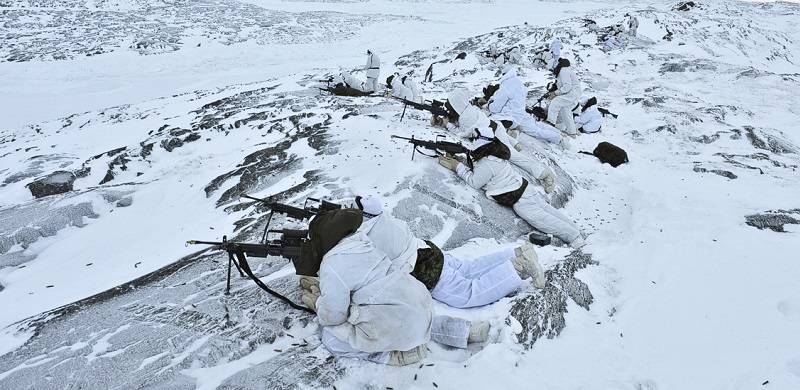
The unfathomable frozen Arctic, its geographical location and its unexplored terrain has fascinated the human mind since ages. But the Arctic has been at the center of geo-politics recently due an entirely new reason: its drastically changing environment.
Fierce competition has commenced in the wake of rapidly melting polar ice for the rich Arctic resources. And so, the picturesque polar territory with its geo-strategic importance, melting glaciers, rising water levels and unprecedented higher temperatures in the land of polar bear has given birth to new waterways.
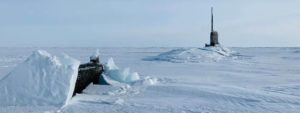
US Navy submarine USS Connecticut emerges through sheet ice during ICEX 2020, an exercise in Arctic conditions
Unfortunately this peaceful habitat is turning into a rapidly warming war zone. The thawing Arctic has fueled a flood of human presence in this once remote terrain. The region sees a future of enhanced shipping in terms of both trade and tourism – and even more lucrative activities revolving around mining and oil exploration.
Even as worrying scientists are warning about the repercussions of a thawing Arctic, some of the world's powerful see it as a great economic opportunity. Beneath this melting polar ice sheet, there is a treasure trove: vast caches of natural resources, including about an estimated 13 percent of the world’s undiscovered oil and 30 percent of still-to-be-discovered natural gas.
Newly navigable waterways have invited the aggressive interest of the two top players of this terrain, resulting in confrontational military posturing and muscle-flexing. The scramble for the Arctic is led by the United States of America and the Russian Federation, along with their various allies.
Russia is dramatically expanding its military footprint in the arctic by modernizing and expanded its Soviet-era Arctic bases, including the one on the Kola Peninsula near Scandinavia, home to its powerful northern fleet. Along with Russia’s buildup in the archipelago of largely uninhabited islands in the High Arctic, the world was shocked when Russian bombers capable of carrying nuclear weapons crossed Canadian airspace in the Arctic.
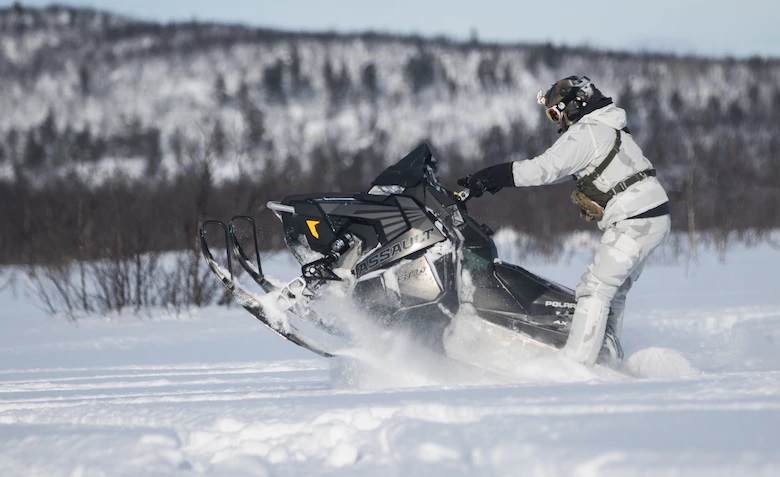
U.S. Army Special Forces soldier assigned to the 10th Special Forces Group (Airborne) conducts snow machine movement and evasive maneuver training near Kiruna, Sweden
Meanwhile, Washington is aiming at upgrading the North American Aerospace Defense Command (NORAD) system. Crafted nearly seven decades back in the 1950s to face the threat of a Soviet attack by bombers or ballistic missiles over the Arctic, NORAD is unique in the world as a joint operation between the U.S. and Canada. Now, Washington is aiming to modernize NORAD so as to maintain a military advantage in the Arctic against Russia.
The Royal Canadian Navy is moving forward within the purview of the North Atlantic Treaty Organization (NATO) in the far North with multi-billion-dollar shipbuilding in its base at Halifax.
For its part, the Russian land mass almost surrounds half of the Arctic Ocean in the north pole from its port of Murmansk in bordering Finland and stretching all the way till the US state of Alaska bordering the Canadian land mass – which itself almost borders the Russian port of Provideniya .
Russia has been steadily expanding its military presence in the North by upgrading its long-range bombers and developing new warships capable of carrying cruise missiles. Those weapons as well as new land-based cruise missile launchers inside Russian territory pose a new and direct challenge to North America because of their range and ability.
Moscow is building facilities to house nuclear missiles and long-range cruise missiles pointed at North America and Europe. Russia is poised to turn this warming wonderland into a Russian-dominated waterway as the ice melts, opening new avenues for maritime trade. President Vladimir Putin plans to expand commercial shipping across the Arctic Ocean. Sans summer ice, navigating through the Arctic could drastically shorten maritime shipping routes
between Europe and Asia, and it could be cultivated to rival other strategic trade corridors like the Suez Canal and the Straits of Malacca.
The military buildup from both sides is stepping up every month. These events are tantamount to war drums and have put defence and diplomatic communities in a mindset of geo-strategic insecurity – particularly in Canada, which has its own Far North island chain.
China, not to be left out, is steadily maneuvering for a “Polar Silk Road” with other countries like Denmark (due to its possession of Greenland) and Iceland to boost trade and commerce through the region,
For now, Washington and other Western capitals have undoubtedly thwarted Beijing’s designs, barring its entry into the Arctic domain. Nevertheless, China’s submarine fleet operations in the Arctic have increased their frequency.
NATO has conducted a massive military exercise with tens of thousands of troops in Norway including the U.S. aircraft carrier USS Harry S. Truman sailing into the Arctic Circle.
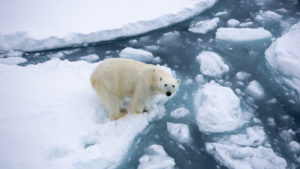
Polar bear populations are already in trouble as the ice caps melt
Perhaps the first casualties of this high-stakes military competition may be the various lifeforms, both land-based and aquatic, that have made the Arctic their home long before aggressive states arrived.
Scientists predict that polar bears will be wiped out by the end of the century, unless more is done to tackle climate change. Researchers suggest that some populations have already reached their survival limits as the Arctic sea ice is rapidly shrinking.
Unfortunately instead of preserving Mother Nature and it’s richness by arresting unbridled global warming, Washington and Moscow have embarked upon an aggressive, disturbingly destructive and potentially calamitous war mongering in the arctic.
The writer is a senior High Court lawyer based in Chakwal and a former member of parliament.

